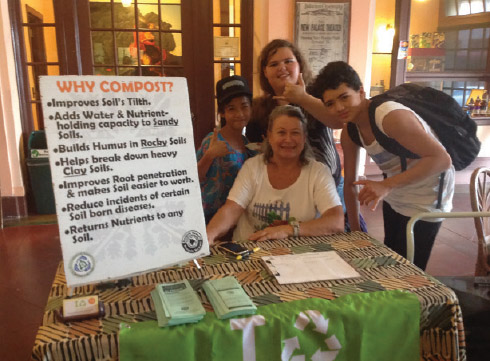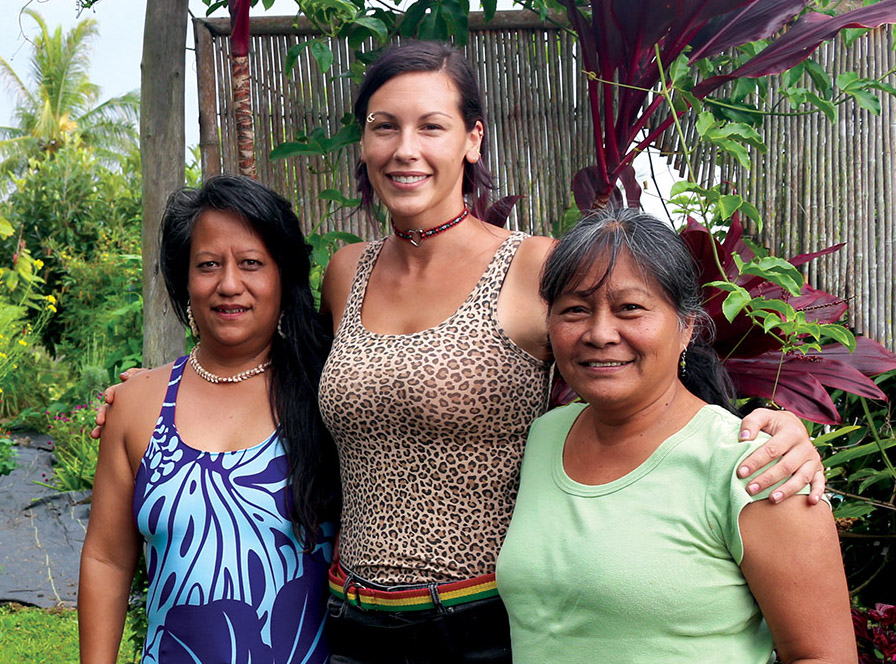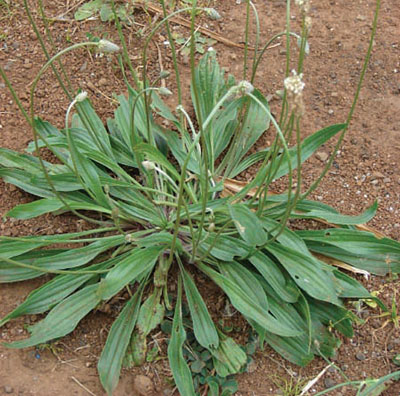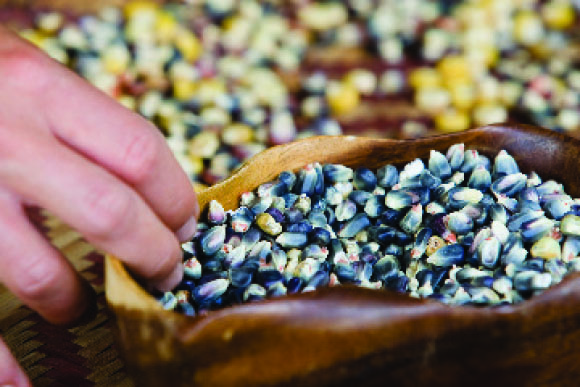
What’s in a Seed? Seed Is the Living Source of Life on Earth

By Nancy Redfeather
How many times have you bought seed in a store, planted it, and were disappointed at its failure to germinate, or worse, thought of yourself as a “black thumb?” The answer to this common complaint is in the seed itself. All seeds are not alike, and all seeds do not grow in all places.
Seed vigor and vitality and “locally-adapted” genetics are all important. Many times seed is kept on the store rack too long, and the old adage, “keep seed cool dark and dry,” not followed. Our moist air and warm temperatures causes seed vitality to fall, therefore not germinate well.
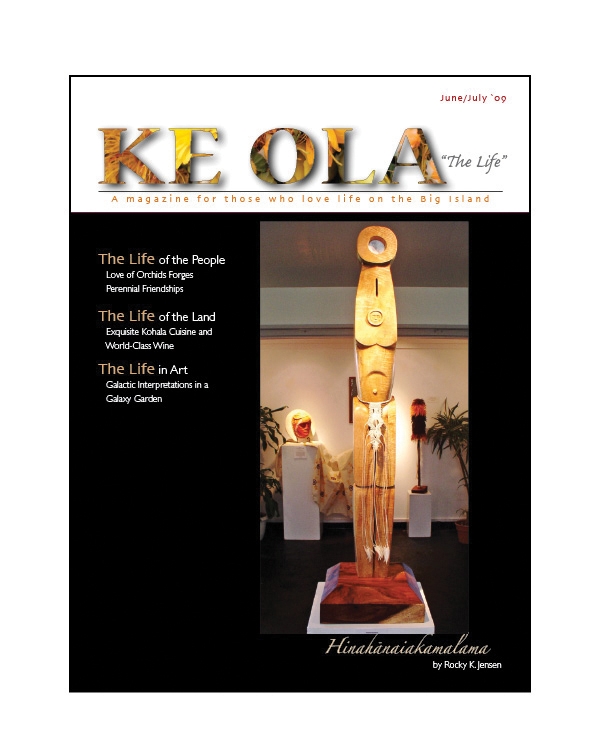
For 10,000 years, farmers and gardeners all over planet Earth have tamed and improved seed for their specific uses. Through their astute cultivation, observation, selection, improvement, saving and stewardship of seed, an amazing amount of biodiversity has been cultivated and passed on to future generations. Biodiversity is one of the foundations of agriculture and, without it, crops are more vulnerable to the ever-present pests, diseases, and climate change—with its accompanying drought or deluge—forever ready to remove weak systems from the natural world. The more varieties that are available, the better chance we have of successfully attaining a greater degree of food self-reliance.
History is filled with stories of civilizations that literally disappeared by narrowing the diversity of their crops, misusing their soils, and generally forgetting to “mimic” Nature or become her working partner.
Today, we think of “ecological” as meaning that which works in harmony with Nature, and “sustainable” as a system that will continue to produce over many generations without degrading the soil or biodiversity. This is the kind of agriculture many people are now envisioning for Hawai‘i.
The planters of old Hawai‘i, the mahi‘ai, practiced and understood this kind of agriculture. Verdant gardens stretched mauka to makai, forming the ahupua’a system that produced enough food for large populations on all islands. We don’t think their diet was diverse, but in the book Native Planters, Craighill Handy talks about the 232 varieties of sweet potato (uala), with drawings of their leaf forms, names, notes on the type of soil, climate suitable to each one, and season of harvest. Today, only 69 years later, fewer than 30 varieties still exist.
Over eons of time, regular saving and exchanging of seed, roots, cuttings, huli, or keiki within a community made it possible for these diverse varieties to avoid depressive inbreeding (not a wide-enough gene pool), continued to improve quality, and provided the community with food sovereignty that was of direct benefit to both the farmer and the consumer.
Today, local agriculture, farms and gardens, can still play a vital role in the conservation and improvement of genetic resources.
The available seed varieties in vegetables, fruits, herbs, grains, berries and dry beans is decreasing each year for both the home producer and market farmer. In a United Nations report from the 1990s it was estimated that, by 2005, 95 percent of all varieties of food crops grown in 1900 would either be unavailable or extinct. In 1900 there were 40-plus varieties of asparagus; today there are only a few left. It is like that with everything.
If you hold a seed in one hand and a rock of the same size in the other and contemplate their differences, the life forces present in the seed will share a secret with you. Not all seed retains this innate intelligence. Hybrid seed will only produce one crop, and the seed cannot be saved and re-grown. GMO seed, cloned from a single laboratory event, relies heavily on chemical inputs to produce, and the varieties—most of them for feed corn and soy—are patented and cannot be grown without signing a technology agreement for royalties.
But open-pollinated seed (OP) carries within that tiny packet a genetic intelligence that flows back unbroken to its ancestors and all their knowledge. This intelligence allows it to genetically alter itself in response to environmental conditions like heat, cold, wet, dry, etc. Sensors in the plant can read the environment, and appropriately make adjustments in expression. The innate wisdom of plant and seed is hard to duplicate in the laboratory. Clearly we and seeds are more than the sum of our genes.
Here in Hawai‘i we have two kinds of seed producers, and on the horizon is a new seed initiative that could possibly create a third which will revolutionize our organic seed availability.
First, we have the gene giants, Monsanto, Sygenta, Dupont (Pioneer Hi-bred), and Dow Agrosciences (Mycogen). They conduct experimental field trials of new, genetically-engineered seed varieties in Hawai‘i, mainly for feed corn, soy, or ethanol. Although they are now one of our leading agricultural industries, we cannot use their seed for food. Secondly, UH Manoa still produces seed for home producers and farmers, but continues to cut back on its seed-breeding program in favor of agricultural biotechnology, and currently has no seed-breeding faculty. Hawai‘i could be the center for seed breeding and production for the farmers and home producers of the Pacific Rim and warm-climate areas of the US. But currently there are no other Hawai‘i seed growers for the home producer and the market farmer.
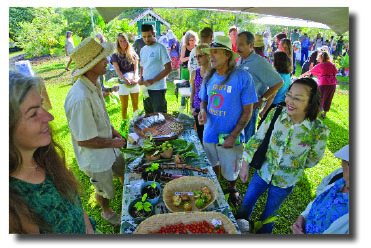 Recently a group of people in Hawai‘i began to plan the first steps to restoring and revitalizing our local seed industry. “Hua Ka Kua – Restore Our Seed” is in the initial planning stages and will combine efforts of UH faculty members at both Manoa and Hilo, Organic Seed Alliance, Hawai‘i Organic Farmers Association, and The Kohala Center with home gardeners and farmers across the state. This statewide initiative seeks to restore a public seed program and bring knowledge of seed breeding and saving in a very practical way to home producers and market farmers. Farm/garden variety trials of vegetables, island workshops, and collaboration through state and local working groups will work at reestablishing a thriving, local seed industry here.
Recently a group of people in Hawai‘i began to plan the first steps to restoring and revitalizing our local seed industry. “Hua Ka Kua – Restore Our Seed” is in the initial planning stages and will combine efforts of UH faculty members at both Manoa and Hilo, Organic Seed Alliance, Hawai‘i Organic Farmers Association, and The Kohala Center with home gardeners and farmers across the state. This statewide initiative seeks to restore a public seed program and bring knowledge of seed breeding and saving in a very practical way to home producers and market farmers. Farm/garden variety trials of vegetables, island workshops, and collaboration through state and local working groups will work at reestablishing a thriving, local seed industry here.
All of us were deeply affected by Hurricanes Katrina and Rita and the devastation caused to communities. For a short time following these events there was actually talk about what we would need to do to increase Hawaii’s food security and our three-to-six-day supply of food. We can remind ourselves that, from the moment people first landed in the Hawaiian Islands until the 1930s—approximately 1,500 years—we were food self-sufficient. Our dependence on oil and long-distance shipping could be coming to an end. Climate change, weather events, disruptions in shipping, the price of oil, could leave Hawai‘i hungry. Developing local food systems, including local seed sources, is just plain common sense.
Seed is a living, renewable and sustainable treasure of the agricultural commons, and locking it up in deep freezers, collections, or museums will not insure food security. Only by growing it out, having the knowledge to shepherd and steward it, improve and save it, and pass it on to our communities and our children will we begin to address the concerns of future food security. Seed remains our connection to food, culture, family, community, land and life. Seed is the living source of life on Earth. ❖
Nancy Redfeather is the Program Director for The Kohala Center’s Hawai‘i Island School Garden Network. She is the founder and coordinator of the Hawai‘i Island Seed Exchange, now in its seventh year. She is a board member of OSGATA (Organic Seed Growers and Trade Association) and is their Seed Integrity Committee Chair. She farms and gives community classes with her husband Gerry on their organic mini-farm in the mauka area of Kona.
Photos by Craig Elevitch
7th Annual Hawai‘i Island Seed Exchange
Saturday June 13 Amy B.H. Greenwell
Ethnobotanical Gardens in Captain Cook
8:30 a.m. to 12:30 p.m.
This year’s theme is “The Moon and Agriculture – Relationships and Connections.” Events of the day include, educational presentations, opportunities for networking with island agricultural organizations, “Youth in Agriculture” program, School Garden Network Tent, local gardening books for sale, a tour of the Gardens, and many other special activities. Island Farmers and Gardeners are invited to come and set up by 8:15 a.m. and bring saved seed, roots, cuttings, hulis, or keikis of food crops to share that do well on your farms and in your gardens. A limited quantity of tables and lauhala mats will be available. Freely sharing our food sources with one another will allow our communities to build food security and self-reliance over time. Please come for our Opening Ceremony with Kumu Keala Ching and Ka Pa Hula Na Wai Iwi Ola beginning at 8:30 a.m. Bring a fruit or vegetable from your garden to offer during the ceremony. Please bring small snack ziplock bags and a pen for seed collecting. The Lotus Café will provide organic plate lunch for sale from 10:30-12:30. Camping will be available in the Garden on Friday evening 6/12. For reservations RSVP to lynnbell@hawaii.rr.com
For more information nancyredfeather@hawaii.rr.com $5 donation suggested.
